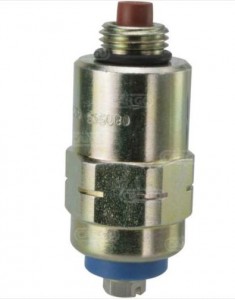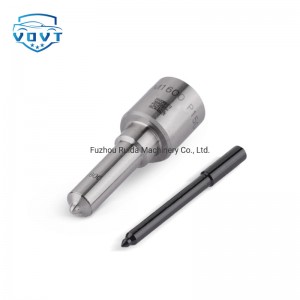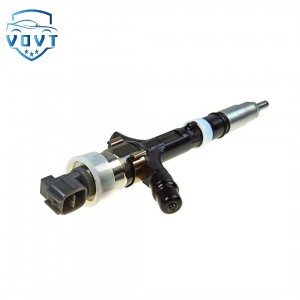Hot Selling New Common Rail Injector Nozzle M0019P140 Diesel Fuel Nozzle Spare Part
Products Description
| Reference. Codes | M0019P140 |
| Application | / |
| MOQ | 10PCS |
| Certification | ISO9001 |
| Place of Origin | China |
| Packaging | Neutral packing |
| Quality Control | 100% tested before shipment |
| Lead time | 7~10 working days |
| Payment | T/T, L/C, Paypal, Western Union, MoneyGram or as your requirement |
The Main Reasons For High Engine Water Temperature Caused By Diesel Engine Cooling System
1. Radiator blockage. ① Radiator internal pipe blockage: Long-term use of water as coolant will cause scale to block the radiator water pipe, or improper use of coolant will cause the cooling water pipe to be blocked, resulting in high engine water temperature.
② Radiator external heat sink net blockage: Since the Atlas Copco ROC L8 open-pit drill uses water mist dust removal, and the impact wind, dust removal water mist and impactor oil are in one pipeline, the viscosity of the mineral powder increases. When the mineral powder is adsorbed on the radiator fins, the radiator is easily blocked, which affects the heat dissipation of the coolant and causes the engine water temperature to be high.
2. The cooling fan is working poorly or not working. The cooling fan of the Atlas Copco ROC L8 open-pit drill is driven by a hydraulic motor, and the component that controls the flow of the hydraulic motor is a proportional solenoid valve. When the proportional solenoid valve or hydraulic motor is working poorly, the cooling fan will work poorly. When the hydraulic motor or hydraulic pump is damaged and cannot work, the cooling fan cannot work either. When there is no airflow, the engine water temperature is high.
3. Water pump failure. ① The gap between the water pump blades and the inner cavity of the water pump is too large, resulting in insufficient flow of the entire water circulation system, which in turn affects the cooling effect on the engine. ② The water pump shaft and the water pump impeller are loose and disconnected, and the impeller is broken, so that the coolant cannot circulate.
4. Thermostat failure. Because the thermostat cannot be opened or the opening is insufficient, the circulating water circuit is in a completely blocked or semi-blocked state, making it impossible for the engine to achieve a large circulation or the circulation is blocked, resulting in high engine water temperature.
5. Scale accumulation in the water cavity inside the engine. In order to save costs, long-term use of water as a coolant, or improper use of coolant, will gradually accumulate scale in the cylinder water jacket or the inner wall of the water circuit in the engine, resulting in insufficient coolant flow and high engine water temperature.
6. Cylinder blowby. The O-ring of the injector water cup is aging, and there is blowby, which will accelerate the temperature rise of the cooling system. Or the cylinder head is cracked, the cylinder bed gasket is worn, the cylinder liner and cylinder body are cracked, and the high-temperature and high-pressure gas burned in the cylinder leaks into the cooling system, which will also accelerate the temperature rise of the cooling system. The signs of this situation are that the coolant is often short of the engine without any leakage on the surface, and the cooling system produces a lot of gas.























